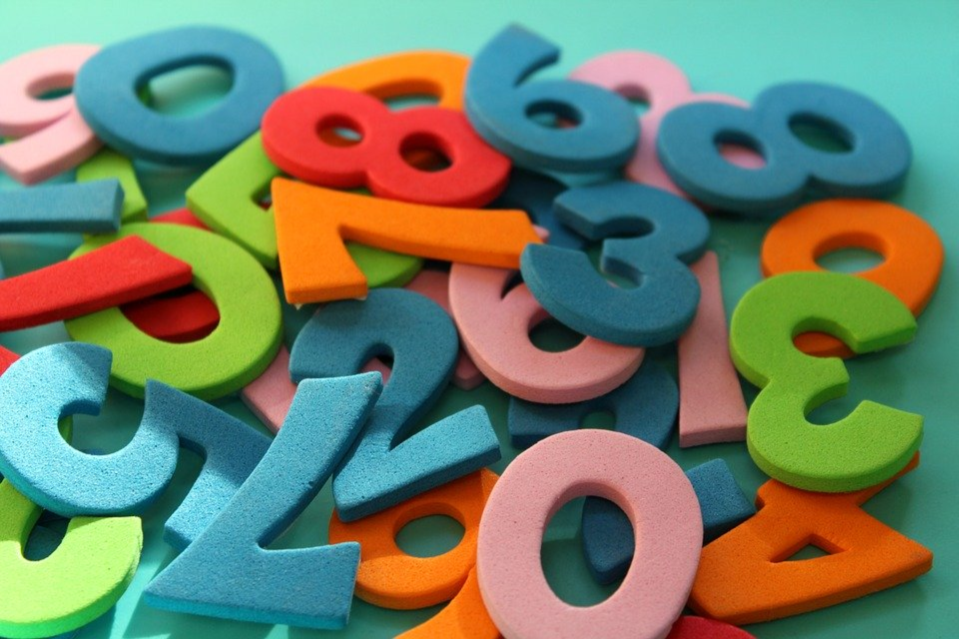Impact of Legalized Marijuana on Youth Uncertain, Study Finds
/“It is too early to assess the full impacts of legalization on youth cannabis use and associated behaviors.” Although that point is made in a new 143-page report and analysis by the Cannabis Control Commission of the Commonwealth of Massachusetts, data also point out that in the years prior to legalization for adults, the rate of marijuana use among the state’s youth had been falling.
As Connecticut is poised to again consider legalization when the state legislature reconvenes early next year, the experience of our New England neighbor, and other states that have taken that step, is under increasing scrutiny. What to do next regarding marijuana legalization will also be the subject of a meeting this week between Connecticut Governor Ned Lamont and his New York counterpart, Andrew Cuomo.
The Massachusetts report notes that:
In 2017, 38% of Massachusetts high schoolers reported having ever tried cannabis; about 24% of the state’s public high school students said they used cannabis in the previous month, down from 28% in 2011;
Youth cannabis use rates decreased from 2011 to 2017, but have not decreased as quickly as alcohol use rates; alcohol use trended downward from 2007 to 2017 for all grades;
Cannabis use is more common among 11th and 12th graders;
Nationwide, 22% of 12th-graders reported current cannabis use, compared to more than 30% in Massachusetts.
The report also points out that “nationally, youth perceptions of cannabis' harms are decreasing,” and “youth disapproval of their peers use of cannabis has decreased.” However, “researchers predict it will take at least a generation to see full effects of cannabis legalization on cannabis use patterns.”
Research assessing the impact of adult-use cannabis policy on youth “is in its infancy and long-term effects are unknown,” the report indicates. It points to varying impacts in various states: a 2017 study found that Washington youth (8th and 10th graders) rates of cannabis use increased following adult-use legalization but Colorado youth rates did not change, “suggesting there may be state-to-state differences.” A longitudinal study from Oregon found that never-using youth did not increase use, but those with a history of cannabis use increased their use following legalization, the report noted, adding that “early findings suggest legalization will not affect all youth equally.”
The Massachusetts Legislature required the study as part of its cannabis regulation law to monitor changes in how youth under 18 view and interact with marijuana. Marijuana legalization began in the Bay State in 2018. Since 2012, eleven states and D.C. have enacted varying policies permitting small amounts of cannabis for non-medical adult-use for those 21 years-old or older, according to the report.
The report also explains that “After alcohol, cannabis is the most commonly used substance among youth. As with many illicit substances, cannabis use is more common among older youth (ages 15-18) than younger youth (ages 12-14). The National Institute of Drug Abuse (NIDA) reported that in 2018, 5.6% of 8th graders, 16.7% of 10th graders, and 22.2% of 12th graders reported cannabis use in the last month. Rates are higher in Massachusetts than the national average.”
Among U.S. youth, the report points out, co-use of cannabis and tobacco is more prevalent than tobacco-only or cannabis-only use. In addition, the report includes data on vaping cannabis, noting that “e-cigarette use has reached epidemic proportions. In 2018, the FDA reported that over three million middle and high school students were current e-cigarette users,” adding that “recently, more technologically advanced e-cigarettes have emerged enabling users to vape cannabis products.”































